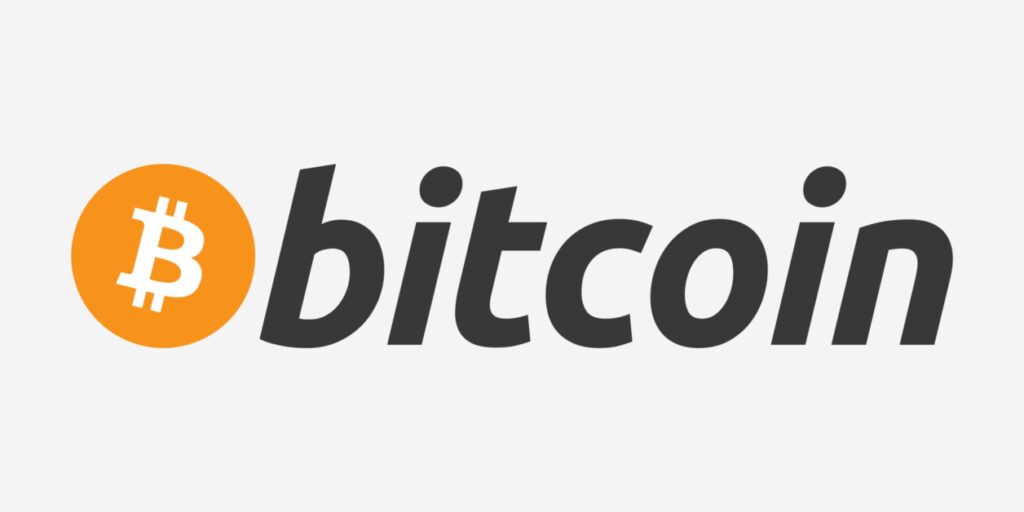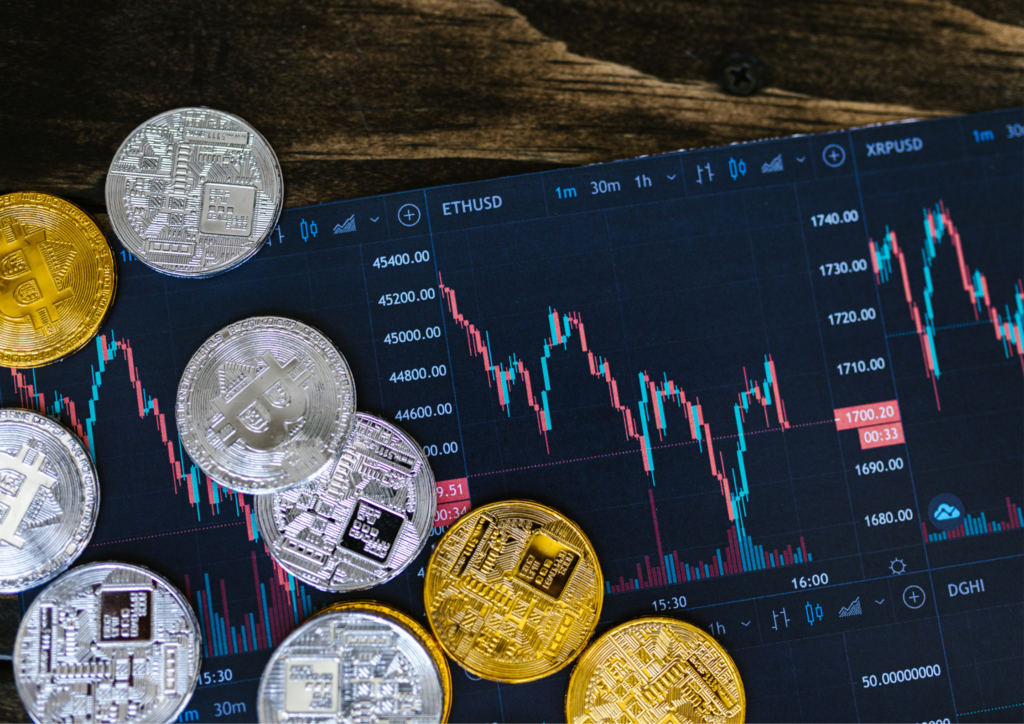Non-Fungible Tokens (NFTs) have taken the art world by storm, revolutionizing the way digital art is bought, sold, and owned. NFTs are unique digital assets that represent ownership of a digital file, whether it’s art, music, videos, or other digital creations. NFTs are built on blockchain technology, providing artists and collectors with a decentralized and transparent way of buying, selling, and trading digital assets.
One of the key features of NFTs is their ability to provide proof of ownership and provenance. With traditional digital files, it’s easy to copy and share them without any restrictions. However, NFTs use blockchain technology to verify and record ownership, ensuring that the creator and owner of the digital asset are clearly identified. This has significant implications for the art market, as it provides artists with a new way to monetize their digital creations and collectors with a way to invest in unique digital assets.
NFTs have created a new paradigm in the art market, challenging traditional notions of ownership, value, and authenticity. NFTs allow artists to tokenize their artwork, creating a digital certificate of ownership that can be bought and sold like any other asset. This has opened up new opportunities for artists to reach a global audience and monetize their work in ways that were not possible before. Moreover, NFTs enable artists to retain control over their work, as they can set royalties and receive a percentage of the proceeds whenever the NFT is resold in the secondary market.
For collectors, NFTs offer a new way to invest in digital art. NFTs provide collectors with a unique ownership experience, as they can buy and sell digital assets with clear ownership rights and provenance. NFTs also introduce liquidity to the art market, as they can be traded on various marketplaces, providing collectors with the ability to buy and sell NFTs in a decentralized and transparent manner.
However, NFTs also face challenges and concerns. One of the main concerns is the environmental impact of blockchain technology, as it requires significant energy consumption for mining and transaction processing. Another concern is the lack of regulation and potential for fraud in the NFT market, as there have been cases of plagiarized or fake NFTs being sold. It’s crucial for the NFT market to develop industry standards and best practices to ensure the integrity and sustainability of the market.
In conclusion, NFTs have disrupted the art market by introducing a new way of buying, selling, and owning digital assets. NFTs offer artists and collectors unique opportunities and challenges, shaping the future of the art market. As the NFT market continues to evolve, it’s important to address the challenges and foster a sustainable and transparent NFT ecosystem that benefits artists, collectors, and the art community as a whole.


















